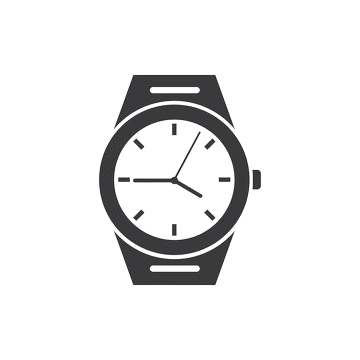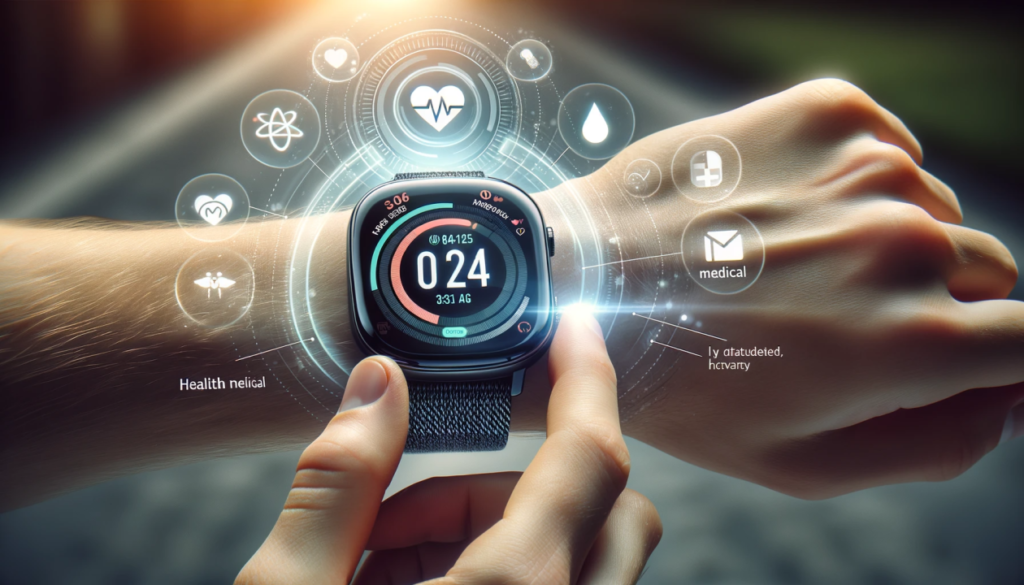As technology continues to evolve at a breakneck pace, the landscape of wearable technology—particularly in watch design—is undergoing a profound transformation. Smartwatches have quickly become an essential part of our daily lives, merging functionality with style. Looking ahead, the next decade promises even more exciting innovations that will redefine how we interact with our timepieces. Here are some key predictions for the future of wearable technology in watch design.
1. Enhanced Health Monitoring
Advanced Health Sensors
The integration of health-monitoring technology in watches has already made waves with features like heart rate tracking and sleep monitoring. In the next decade, we can expect even more advanced sensors capable of tracking a wider array of health metrics, including glucose levels, hydration status, and even stress levels through cortisol detection.
Real-Time Health Analytics
Wearable technology will likely evolve to provide real-time analytics and actionable insights. For example, watches could analyze biometric data continuously, alerting users to potential health issues before they become serious. Imagine a smartwatch that not only tracks your fitness but also advises you on lifestyle changes based on your health data.
2. Greater Customization and Personalization
Dynamic Interfaces
As artificial intelligence (AI) continues to improve, smartwatches will offer dynamic interfaces that adapt to user preferences. Users might be able to customize watch faces and functionalities on the fly, based on their daily routines or activities. For instance, a watch could automatically shift from a workout interface to a business interface depending on the time of day or location.
Personalized AI Assistants
Future smartwatches may come equipped with highly personalized AI assistants that learn user preferences over time. These assistants could manage schedules, offer tailored health advice, or even suggest activities based on real-time data analysis, providing a truly personalized user experience.
3. Sustainable Design Practices
Eco-Friendly Materials
As sustainability becomes a central concern for consumers, the next decade will see a surge in eco-friendly materials in watch design. Brands will likely adopt recycled metals, biodegradable plastics, and sustainable leather alternatives. This shift will not only appeal to environmentally conscious consumers but also position brands as leaders in responsible manufacturing.
Energy Efficiency
Innovations in energy efficiency will also play a significant role. Solar-powered and kinetic watches may gain popularity, alongside advancements in battery technology that extend the lifespan of smartwatches. Expect to see designs that integrate solar panels seamlessly into the aesthetic, creating a balance between sustainability and style.
4. Seamless Integration with Other Technologies
Interconnected Ecosystems
The future of wearable technology will likely involve deeper integration with other devices and platforms. Smartwatches may become central hubs for managing connected ecosystems, from smart home devices to virtual reality environments. Imagine controlling your home’s lighting, security, and even appliances directly from your wrist.
Augmented Reality (AR) Features
AR technology could also find its way into wearable watches. By projecting information onto the user’s field of vision, watches may enhance navigation, fitness coaching, and even social interactions. For example, a smartwatch might overlay directions on a user’s view while walking, offering a hands-free way to navigate urban environments.
5. Advanced Materials and Durability
Lightweight and Robust Materials
The next decade will likely bring innovations in materials that enhance both the durability and aesthetic appeal of watches. Expect to see more use of materials like carbon fiber, advanced ceramics, and even graphene. These materials will offer strength, lightweight design, and a premium feel, appealing to both luxury consumers and athletes alike.
Smart Textiles
Innovations in smart textiles could lead to watches that integrate seamlessly with clothing. Imagine a watch that can change its appearance or functionality based on the outfit you’re wearing, or a garment that communicates with your watch for more advanced health metrics.
6. Focus on User Experience and Interface Design
Intuitive User Interfaces
As technology becomes more complex, the emphasis on intuitive user interfaces will grow. Future smartwatches will prioritize ease of use, employing touch, voice, and gesture controls that feel natural. The aim will be to reduce the learning curve for new users and make interactions as fluid as possible.
Haptic Feedback and Sensory Experiences
Haptic technology will likely evolve to provide nuanced feedback, enhancing user interactions. This could include customized alerts or notifications that vary based on the context, allowing users to discern different types of messages through subtle vibrations.
Conclusion
The future of wearable technology in watch design is not just about functionality; it’s about creating an integrated experience that enhances our daily lives. From advanced health monitoring to sustainable practices, the next decade promises exciting innovations that will redefine our relationship with timepieces. As technology continues to evolve, smartwatches will undoubtedly become more than just tools for telling time—they will transform into essential companions that adapt to our lifestyles, empower our health, and connect us to the world around us. The journey of wearable technology is just beginning, and the possibilities are limitless.



